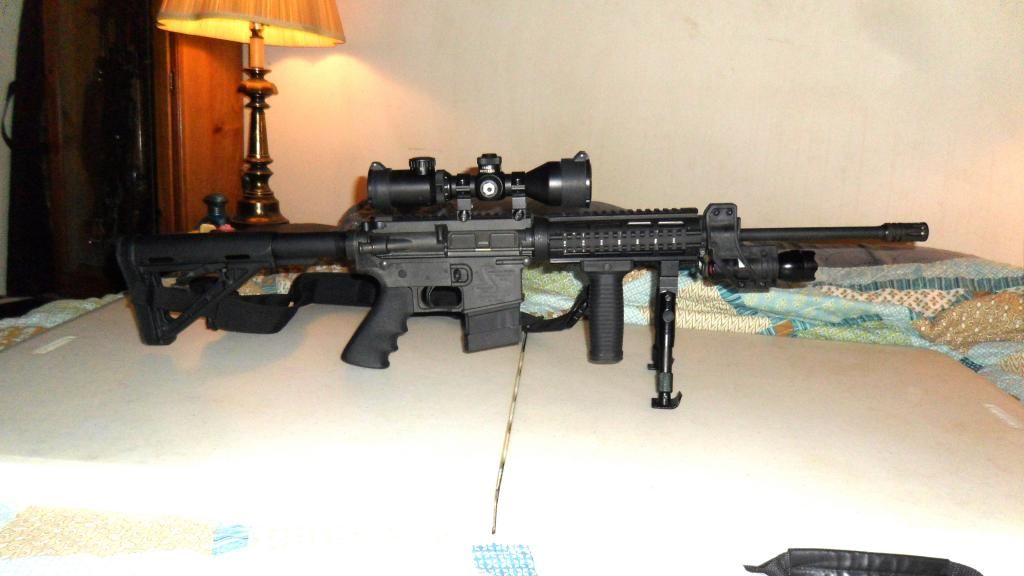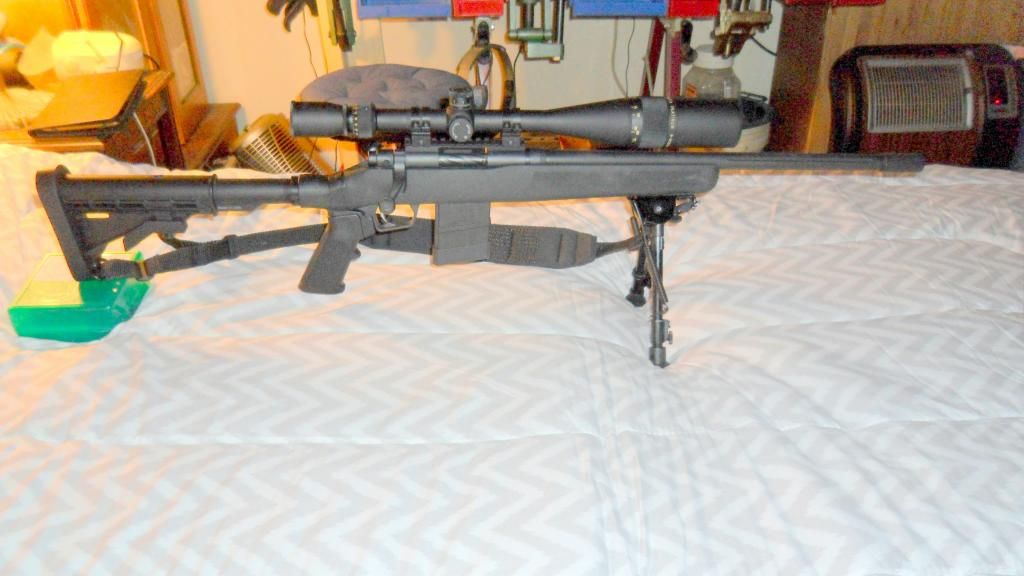Loading for an AR is the same as loading for any semi-auto. You must FL resize every time, check the case lengths and trim/chamfer/deburr as required and watch the OAL. Other than that, it's no different than any other cartridge.
I agree completely , FL sizing is a must and trimming is recommended how ever I got in the habit of trimming every time . Checking case length after sizing a must to insure the case length did not grow to much . If so you must trim or the case mouth can jam up into the lead and cause all kinds of problems .
So 0.003" is enough? Is a little more detrimental?
yes , No , how ever if you start going past .004 your case life will likely suffer . You also should consider and it's something I should have said . When measuring auto loaders fired "case head space" you don't always get a perfectly fire formed case to measure . I've heard that the case can be extracted before you get a fully formed case ( not sure how because it should be stuck to the chamber wall ) . The other reason has something to do with extraction and the case head space actually being longer then it should be . To be honest I don't know or understand the reasoning for either to explain more . I do how ever measure at least 10 and prefer 20 fired cases and the number that comes up the most is the number I set my shoulders back from . So although I believe I'm setting them back .003 it could be more and I guess less as well . Because of this I always make some dummy rounds and manually cycle them through the firearm first .
I should add that when loading for my plinking rounds that will be fired from more then one rifle . I bump the shoulders back .003 from my shortest chambered rifle insuring they cycle in all my AR's . For my NM service rifle . Those loads have very specific load specs for that rifle only .
Well too much gas worries me more than too little and how does one know gas is too great before the upper shows signs of abuse?!
How far the brass is thrown , the plastic/rubber bottom of your buffer starts to get smashed as well as just the feel of the rifle when you fire it .
What length barrel and gas system do you have ?
If you have a 16" barrel and a carbine gas system you'll likely be over gassed no mater what . I't about dwell time , which is the amount of time the bullet is in the barrel once it passes the gas port . The longer the bullet is plugging the barrel past the gas port the more gas is forced down the gas tube . Different powders with different peak pressures points can influence gas pressures at different points down the barrel . It's kinda complex but if you stick with published data and powders you should be fine .
I suppose I should load low and then start looking at loads once the action starts cycling consistently. Once there, provided velocity is in the .223 ballpark,
If you use AR or 5.56 data the rifle will likely cycle with the minimum charge . When testing a new load in a new AR . I load one round in the mag lock the BCG back , incert mag , let BCG fly home chambering the round , fire and see if the BCG locks back all the way . I do this twice . If that goes well . I then load three rounds and at a reasonable pace fire those 3 to test function and cycling . All that while trying to shoot accurately so I can have a group size sample .
Come to think of it, what is the consensus on crimp?
Some say "yay", some say "nay"
I don't and have not had an issue to date .


